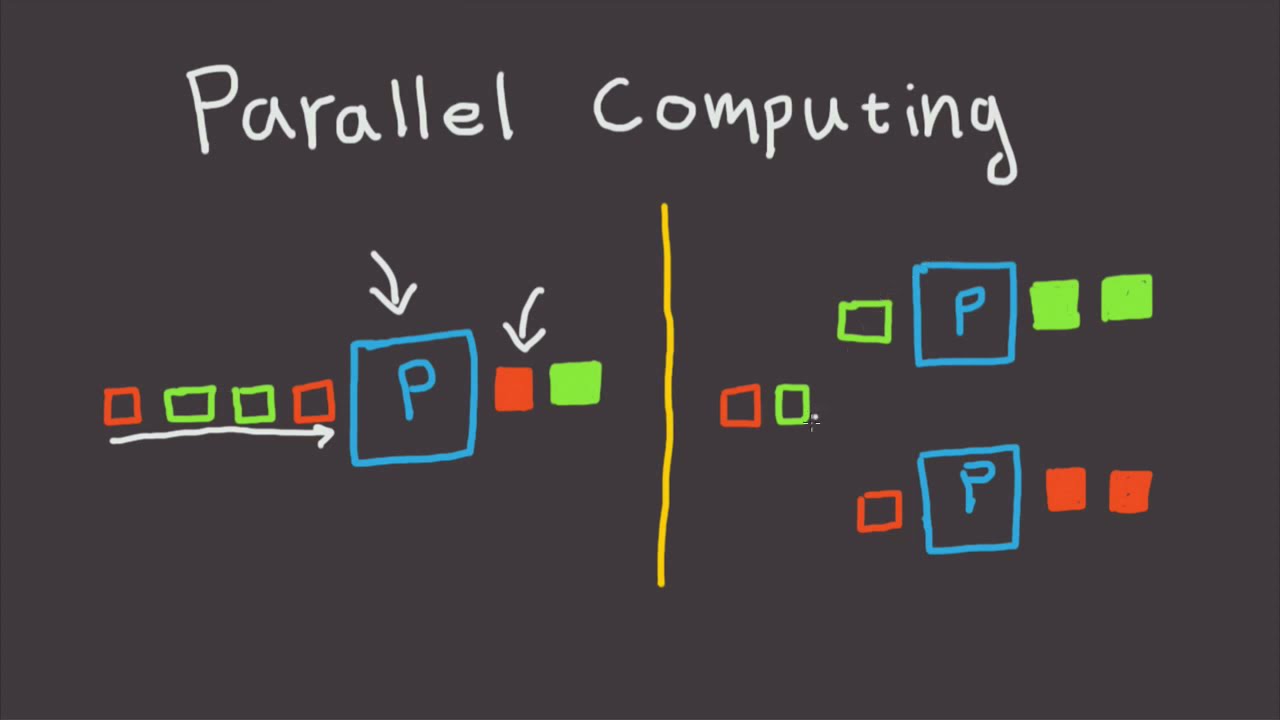Parallel computing is a type of computing architecture in which multiple processors, or distinct computing cores, cooperate to execute a single task concurrently. As opposed to traditional serial computing, which is focused on the execution of individual instructions in a linear fashion, parallel computing is focused on the simultaneous execution of a large number of instructions. This enables higher levels of computing performance, enhanced scalability, and increased reliability in solving complex computing problems.
The advent of multicore computers, also known as multi-core processors, has revolutionized parallel computing, allowing it to become a commercially viable technology. Through the utilization of multiple processor chips, each containing several processor cores, computers can take advantage of parallel computing to complete tasks faster and with greater efficiency. This makes them particularly advantageous in scientific and engineering applications where time-consuming and complex tasks need to be completed with accuracy and speed.
Parallel computing is also widely employed in the field of distributed computing, which is a type of computing in which a large number of computers are configured in a network and used to share tasks. In this model, parallel computing allows tasks to be efficiently distributed among multiple computers, each computers working in parallel to complete the tasks in a shorter amount of time.
Additionally, parallel computing is used in many different fields including video processing, graphic rendering, image processing, and artificial intelligence. It is also often used in applications that require large data sets to be processed, such as in Big Data environments.
Beyond the technical aspects of parallel computing, there are a number of social implications to consider as well. For instance, the rise of parallel computing has created new opportunities for collaboration between researchers, allowing them to share computing resources and problem-solving strategies. Additionally, the increased efficiency that comes with the use of parallel computing has helped cut down on costs associated with research that may have previously been out of reach.
Overall, parallel computing is an important technique that has enabled a wide variety of complex engineering, scientific, and data-intensive tasks to be solved quickly, efficiently, and reliably. As the capabilities of computers continue to evolve, it is likely that parallel computing will become even more important in the years to come.





